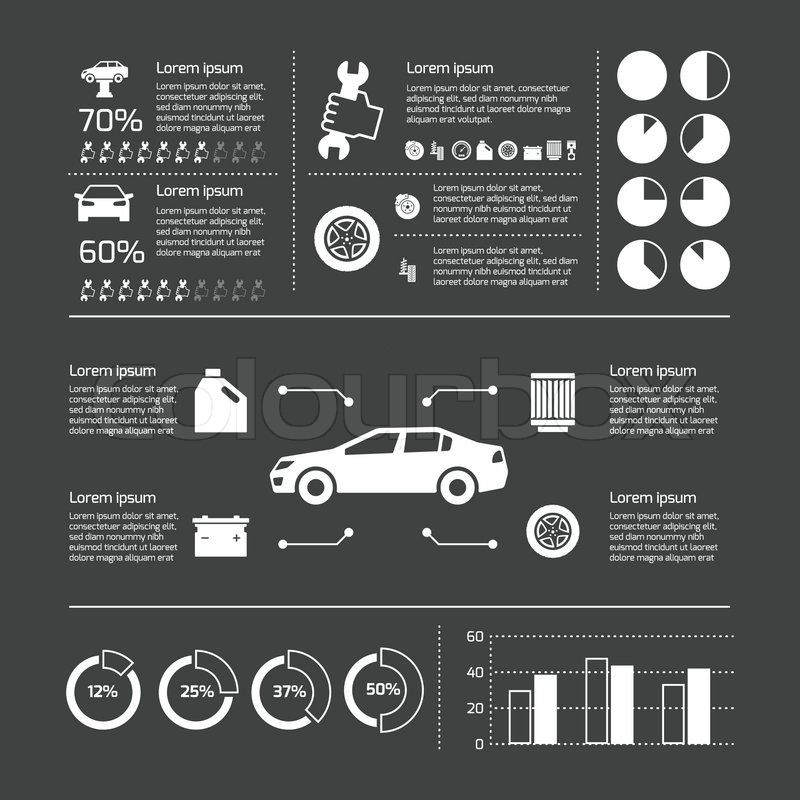Realizing The Significance Of Your Car'S Warning Signals: What They Actually Represent
Realizing The Significance Of Your Car'S Warning Signals: What They Actually Represent
Blog Article
Personnel Author-Higgins Kejser
When you're behind the wheel, those beautiful caution lights on your control panel can be a bit difficult. Do you know what they're trying to tell you regarding your car's wellness? Understanding the significance of these lights is essential for your safety and the long life of your car. So, the following time one of those lights turns up, would not you wish to understand its message precisely and take the required actions to address it?
Common Warning Lighting and Interpretations
Recognize common warning lights in your auto and understand their definitions to guarantee safe driving.
One of the most common warning lights include the check engine light, which indicates issues with the engine or emissions system. If https://www.wired.com/story/fight-right-repair-cars-turns-ugly/ begins, it's essential to have your vehicle checked immediately.
The oil pressure warning light indicates reduced oil pressure, calling for immediate attention to avoid engine damage.
A flashing battery light could suggest a defective charging system, potentially leaving you stranded if not addressed.
The tire stress monitoring system (TPMS) light notifies you to reduced tire stress, affecting vehicle stability and gas effectiveness. Ignoring https://brake-check62840.topbloghub.com/38471142/surprisingly-practical-mobile-automobile-outlining-solutions-not-just-conserve-you-time-and-money-yet-additionally-improve-your-vehicle-s-durability-find-just-how-they-can-transform-your-regular might cause unsafe driving problems.
The abdominal light shows a trouble with the anti-lock stopping system, jeopardizing your capacity to stop promptly in emergency situations.
https://brakepads05049.blog2freedom.com/32112744/mobile-car-describing-enhancing-your-vehicle-s-look-on-the-move but not least, the coolant temperature level alerting light warns of engine getting too hot, which can cause severe damages if not dealt with swiftly.
Recognizing these usual warning lights will aid you deal with concerns immediately and maintain secure driving problems.
Importance of Prompt Interest
Understanding the usual warning lights in your automobile is just the very first step; the value of immediately resolving these cautions can not be stressed enough to ensure your safety and security on the road.
When a warning light brightens on your dashboard, it's your vehicle's means of interacting a prospective concern that needs interest. Overlooking these cautions can bring about extra serious problems down the road, compromising your safety and possibly costing you a lot more in repairs.
Prompt attention to warning lights can stop failures and accidents. As an example, a flashing check engine light might indicate a misfire that, if left ignored, might cause damages to the catalytic converter. Resolving this promptly can conserve you from a pricey repair work.
In a similar way, a brake system cautioning light might signify reduced brake fluid or worn brake pads, vital parts for your safety when driving.
DIY Troubleshooting Tips
If you notice a warning light on your control panel, there are a few do it yourself fixing suggestions you can try before looking for expert assistance.
The first step is to consult your vehicle's manual to recognize what the particular warning light indicates. In some cases the problem can be as basic as a loose gas cap causing the check engine light. Tightening up the gas cap might resolve the problem.
An additional typical concern is a low battery, which can activate various cautioning lights. Inspecting the battery links for deterioration and ensuring they're protected may repair the issue.
If a caution light persists, you can try resetting it by separating the auto's battery for a few minutes and afterwards reconnecting it. Additionally, checking your car's liquid levels, such as oil, coolant, and brake liquid, can help fix advising lights associated with these systems.
Verdict
In conclusion, recognizing your cars and truck's warning lights is essential for keeping your automobile running smoothly and securely. By immediately resolving these signals and understanding what they mean, you can avoid costly fixings and potential failures.
Remember to consult your automobile's guidebook for specific information on each advising light and take action appropriately to guarantee a hassle-free driving experience.
Keep educated, stay safe when traveling!
